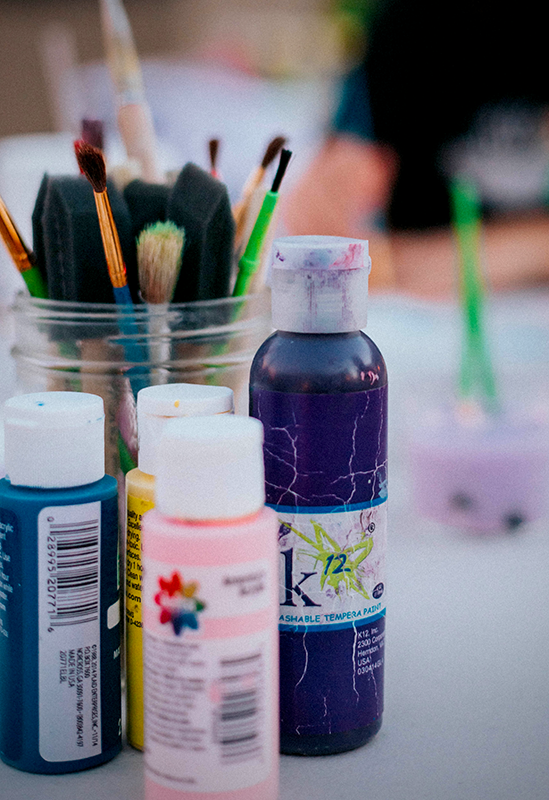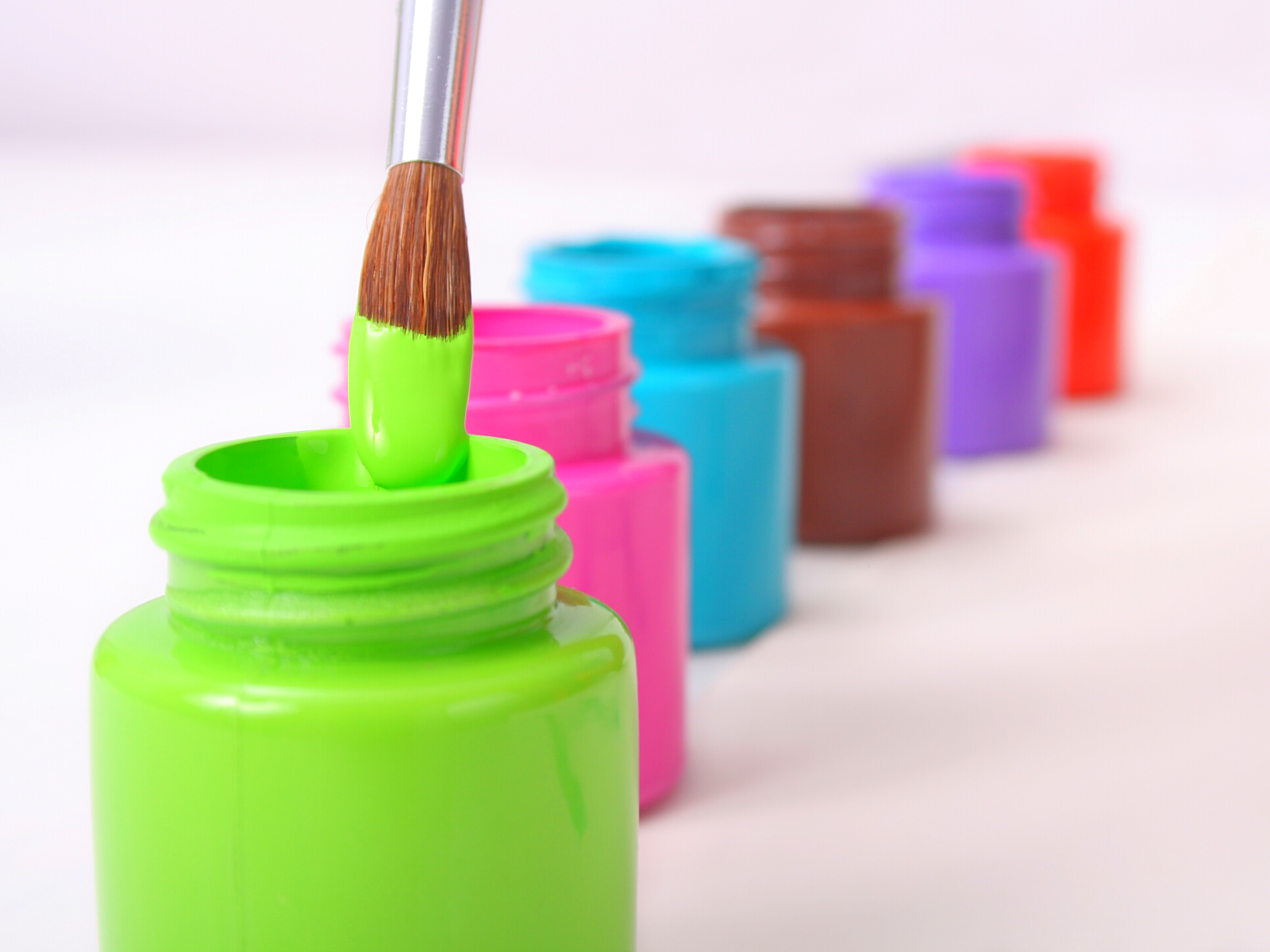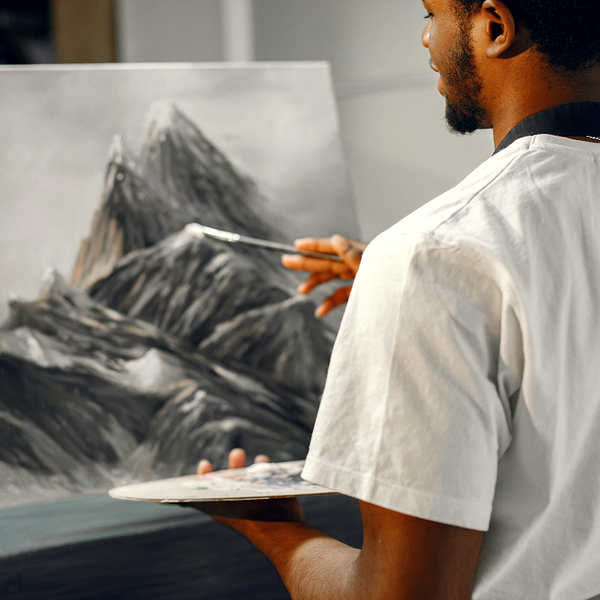Are you ready to make your next artistic masterpiece?
Unleash your inner Picasso with acrylic paint!
Acrylic paints are a versatile and affordable medium that is loved by artists of all skill levels.
With their fast-drying time and ability to mimic the texture of other paints, acrylic paints have become a popular choice for painting on canvas, paper, and even wood.
From fun brushwork and vibrant colors to subtle shading and unique textures, painting with acrylics is the perfect way to explore different techniques and create one-of-a-kind pieces.
Whether you’re new to painting or a seasoned pro, our guide has everything you need to bring your inspiration to life and will help you unlock the full potential of acrylic paints
So, get ready, grab some paints, paint brushes, and canvas – it's time for a fun filled art adventure!
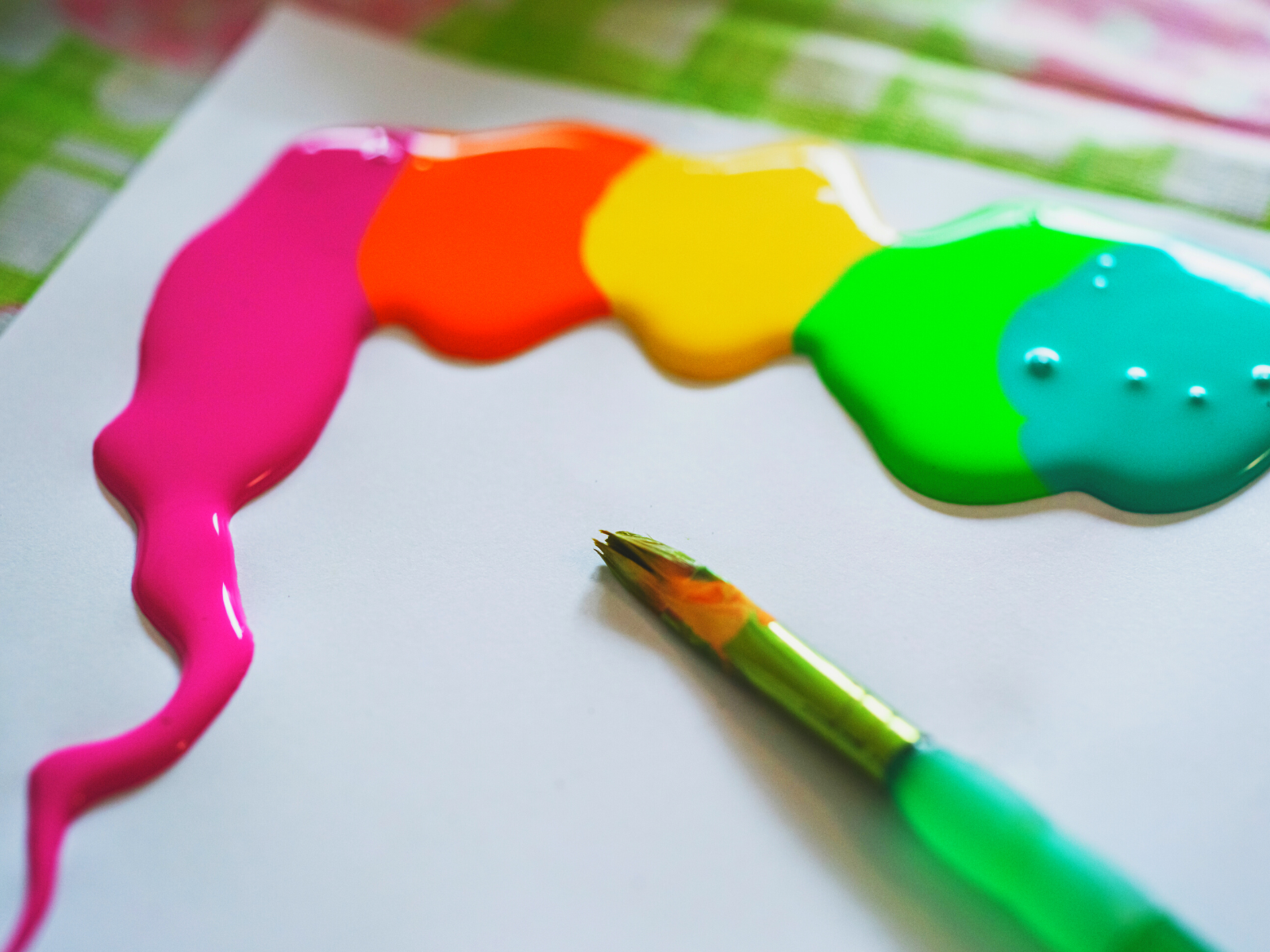
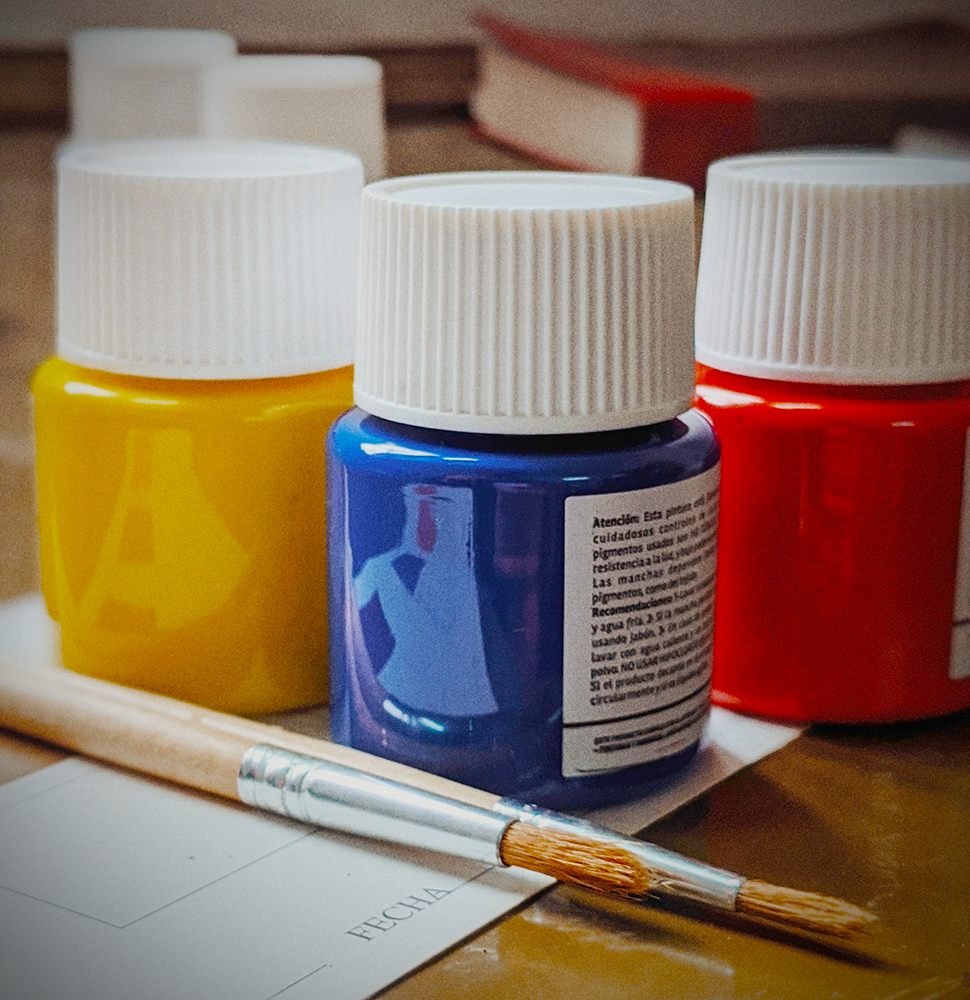
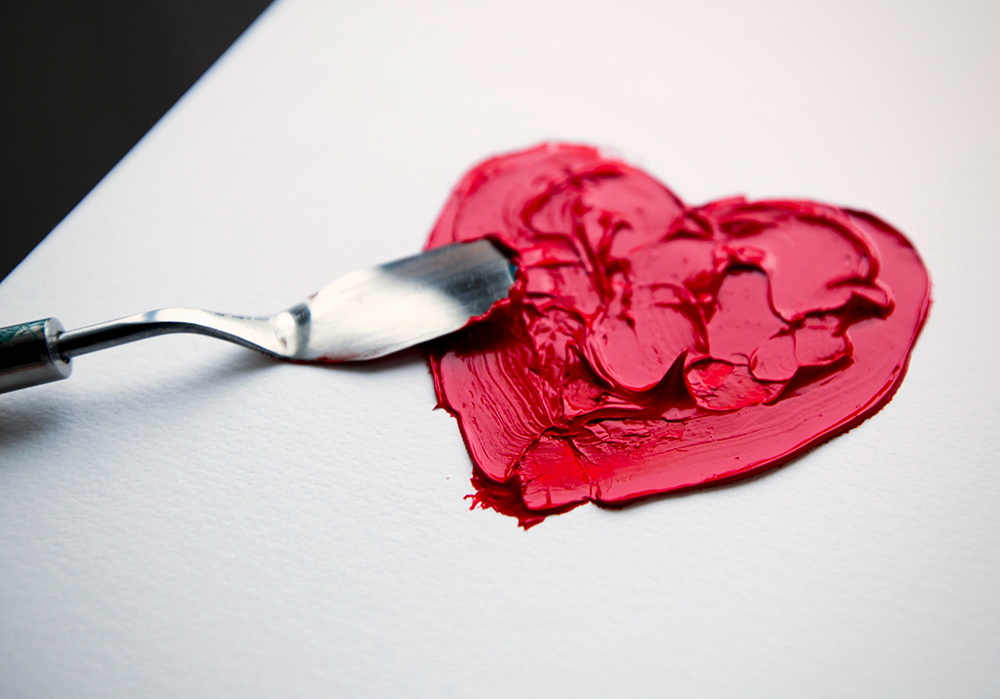
What Is Acrylic Paint?
Acrylic paint is a water-based medium that sets quickly and is known for its vivid, brilliant hues. It is composed of pigment, plastic binder, and water.
Acrylics are a great choice for both beginners and experienced painters alike because they can be used on a variety of surfaces including canvas, paper, and even plastic.
It quickly gained popularity among artists due to its flexibility, durability, and quick drying time.
Acrylics can be used to create a range of effects from subtle washes and gradients to bold, vibrant paint colors.
It’s also easy to mix them with water and other mediums to create unique textures and finishes.
When compared to oil paint, acrylics are much easier to clean up and require less maintenance.


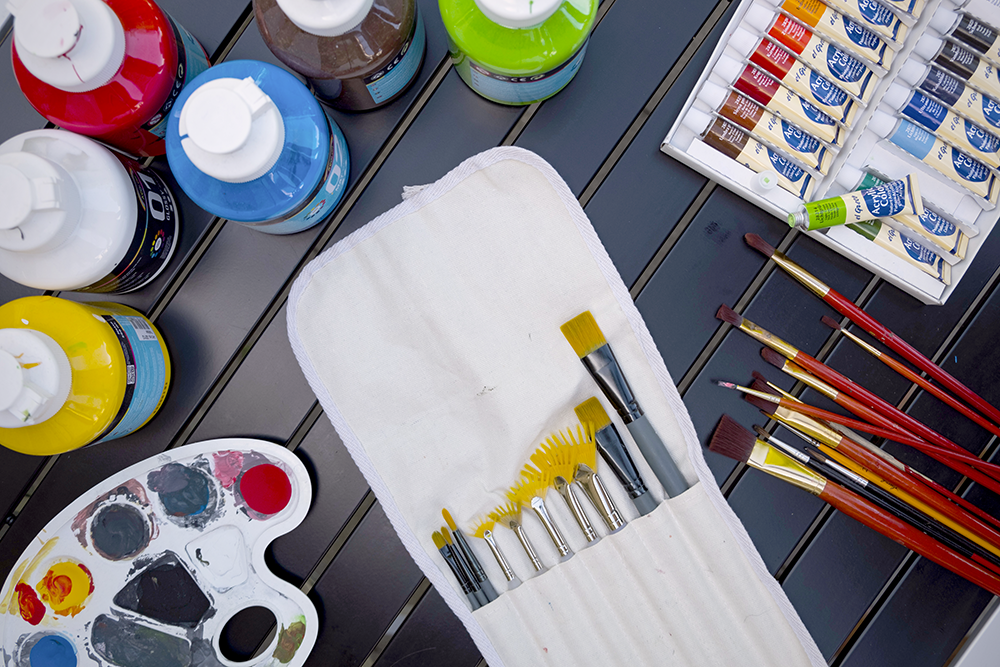
Advantages of Acrylic Paint
One of the biggest advantages of acrylic paint is its fast drying time.
Unlike oil paints which can take days and even weeks to dry, acrylic paints dry within minutes.
This allows artists to layer quickly and build a painting in a shorter amount of time.
Acrylics are also highly versatile, making them a great choice for both beginners and experienced artists.
They can be used to create a wide range of styles, from abstract art to realistic portraiture.
This paint can be thinned with water or mediums to create washes, drips, and glazes.
They can also be applied in thick impasto layers, making them ideal for mixed media techniques.
Another advantage of acrylics is their durability.
They are resistant to fading and damage from light, water, and other environmental factors.
Acrylics are also water-soluble when wet, so mistakes can be easily corrected or painted over.
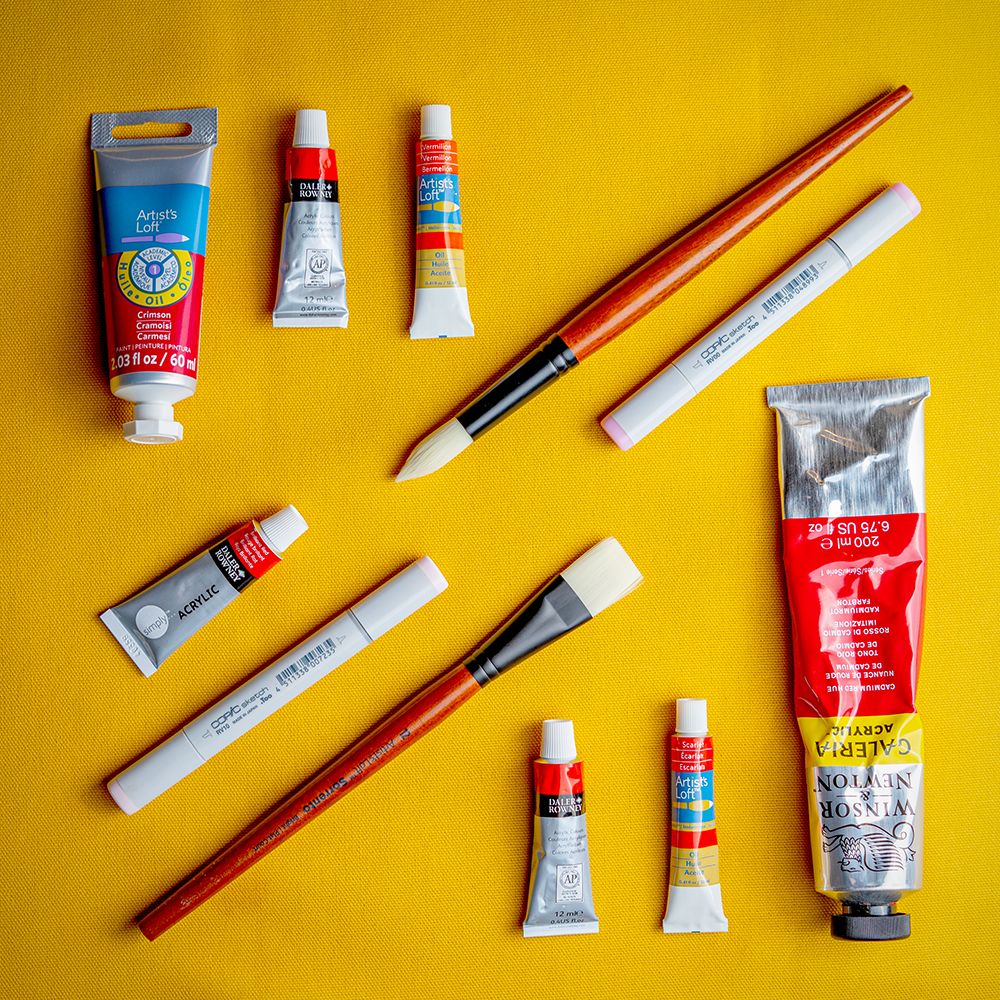
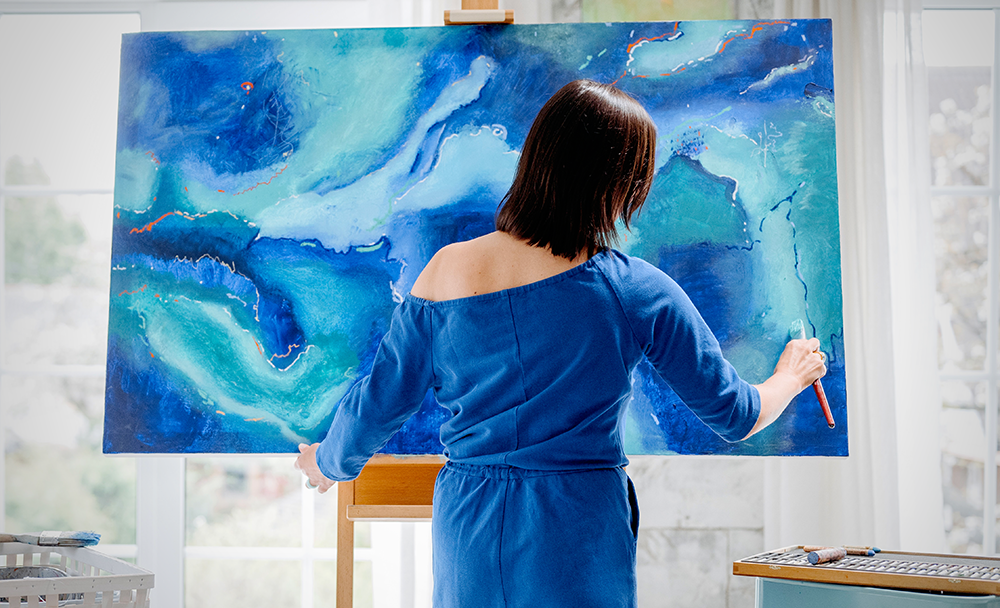
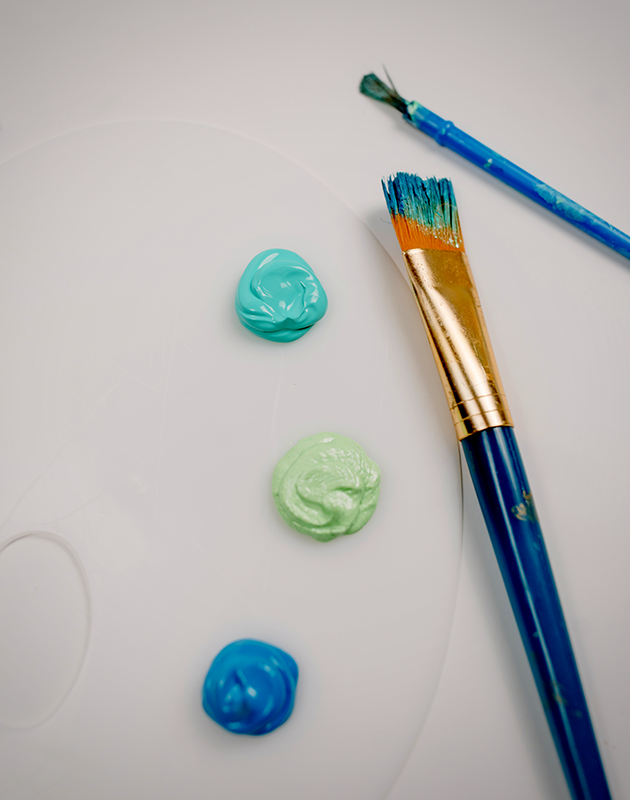
Basics of Acrylic Paints
Before we dive into the more advanced techniques, let’s start with the basics of acrylic paints.
Acrylic paints are made from a polymer-based emulsion and are water-soluble.
They are available in a range of colors and can be mixed with water to create a variety of shades.
You can also mix acrylics with other mediums to create unique textures, effects, and finishes.
And, because they dry quickly, you can build up layers of paint in a short amount of time.
When it comes to painting with acrylics, there are two main types of paint:
- Student Grade Acrylic Paint:
This is the least expensive type of acrylic paint.
It is best used for practice and experimentation as the pigments are not as vivid or long-lasting as other paints.
- Artist Grade Acrylic Paint:
Artist grade acrylics are more expensive but have higher quality pigments that create brighter, more vivid colors.
These paints are perfect for creating fine art works that are meant to last.
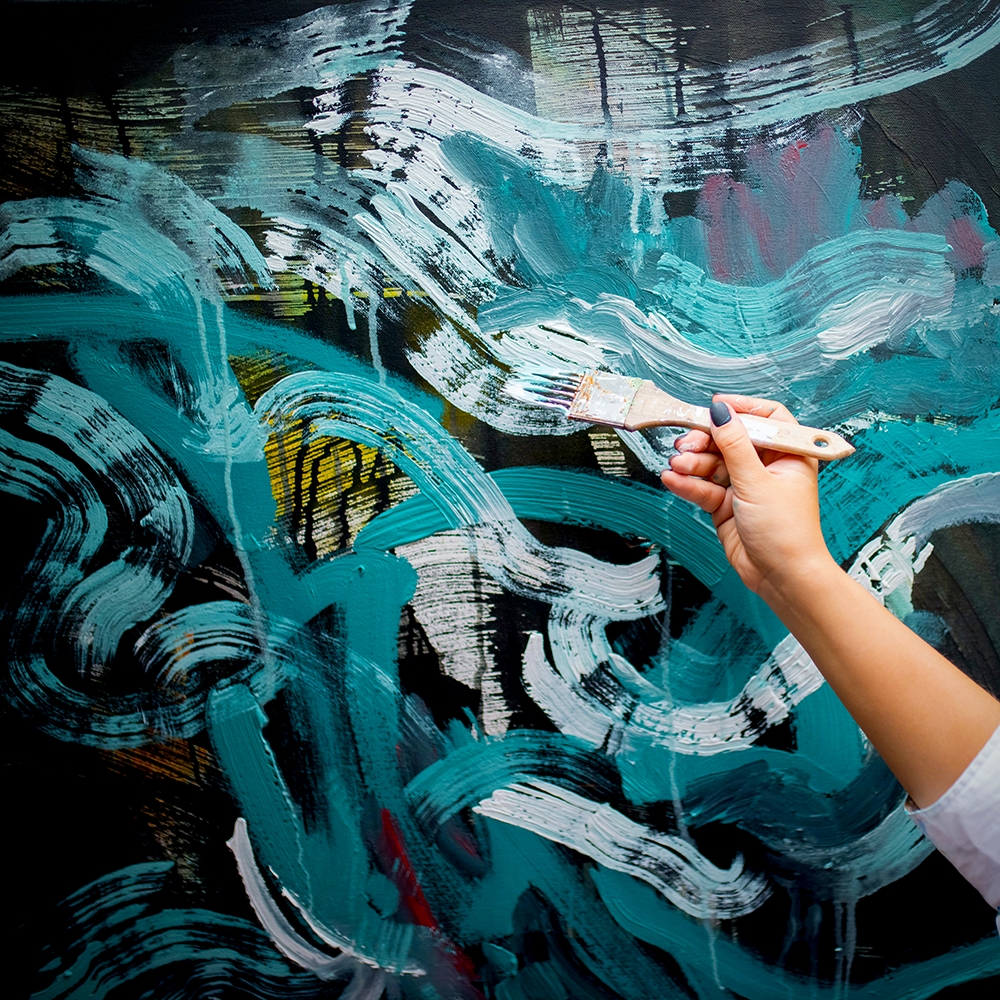

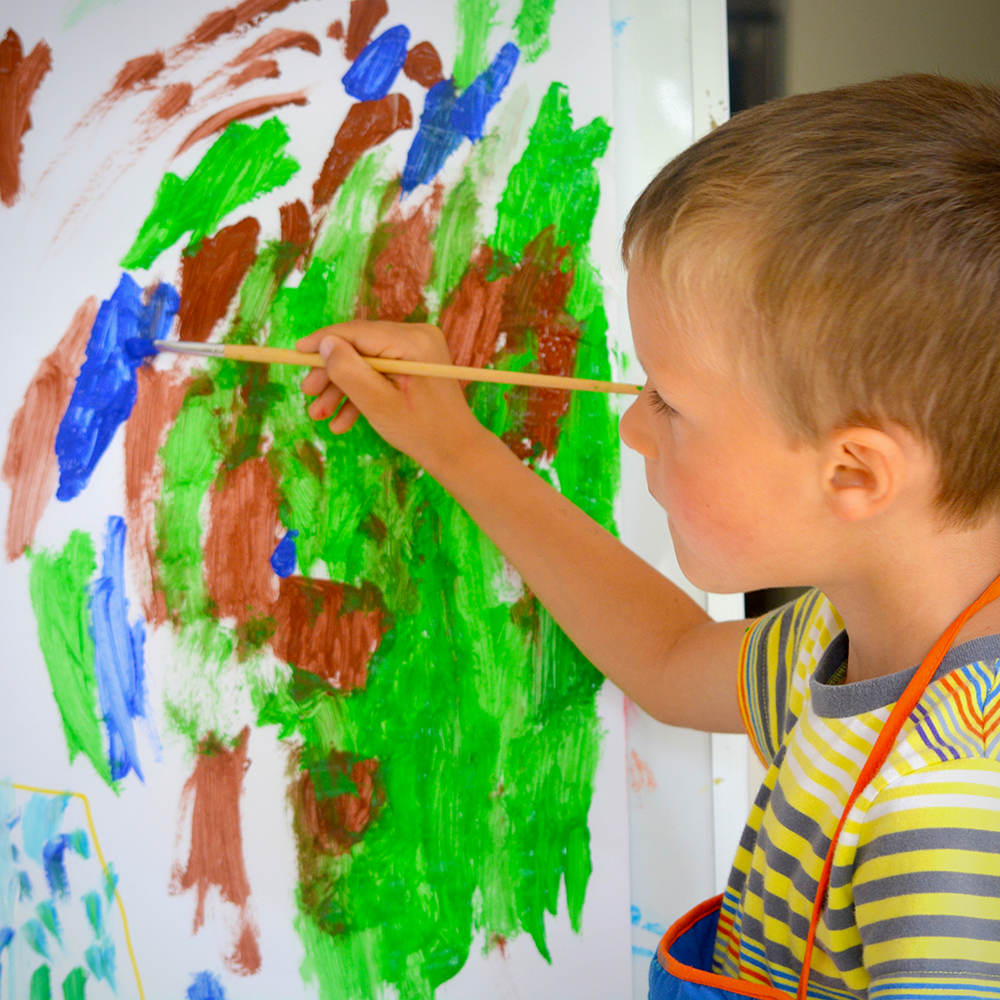
Supplies and Materials for Acrylic Painting
To start painting with acrylics, you will need a few basic supplies:
- Acrylic paints
- Acrylic paint brushes (various sizes and shapes)
- Canvas or other painting surface
- Palette
- Water container
- Painting mediums (optional)
Acrylic paints come in a wide variety of colors and consistencies.
It’s recommended to purchase a selection of basic colors to start with, and then gradually expand your collection as you become more experienced.
Invest in high-quality paint brushes made specifically for acrylics, and choose the appropriate brush size and shape for the task at hand.
A canvas or other painting surface is necessary to apply the acrylic paint to.
Canvas is a popular choice due to its sturdiness and the way it holds paint.
There are a variety of canvas options to choose from, including stretched canvas, canvas boards, and paper.
A palette is needed to mix and blend your colors.
You can purchase a traditional palette or use any flat surface such as a ceramic or plastic plate.
Make sure to have a water container nearby to clean brushes and thin the paint when necessary.
Acrylic mediums such as gels and pastes can be used to add texture to your acrylic paintings.
These mediums can also be used to alter consistency, transparency, and adhesion.


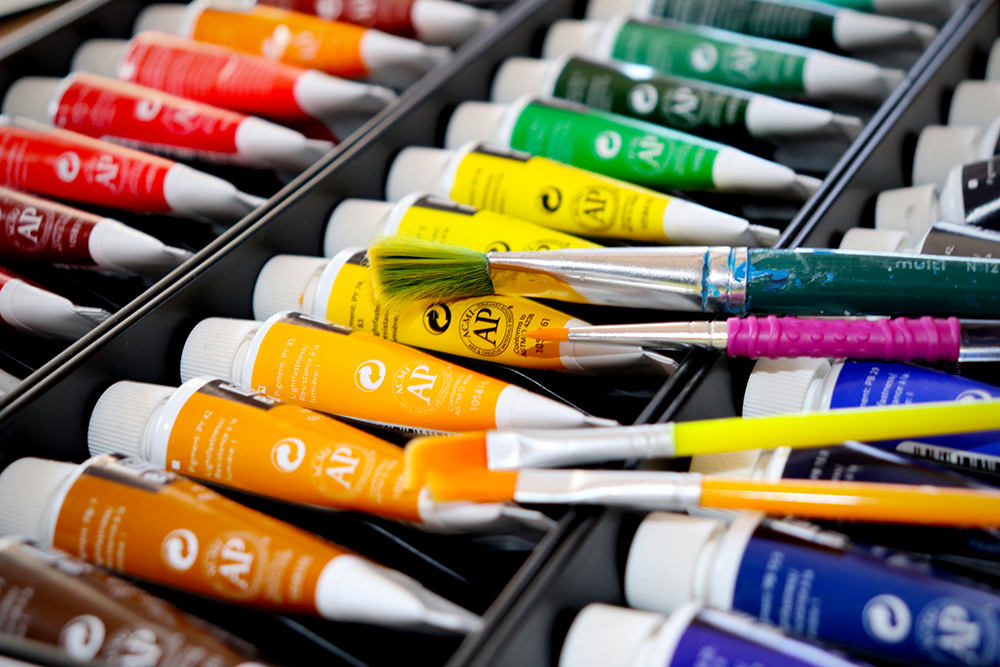
Preparing Your Surface
Before you start painting, it’s essential to prepare your surface.
If you’re painting on canvas, you’ll need to prime it first.
This will help the paint adhere to the surface and prevent it from soaking into the canvas.
To prime a canvas, simply apply a layer of gesso and let it dry.
If you’re painting on paper or wood, make sure the surface is smooth and clean before you start.
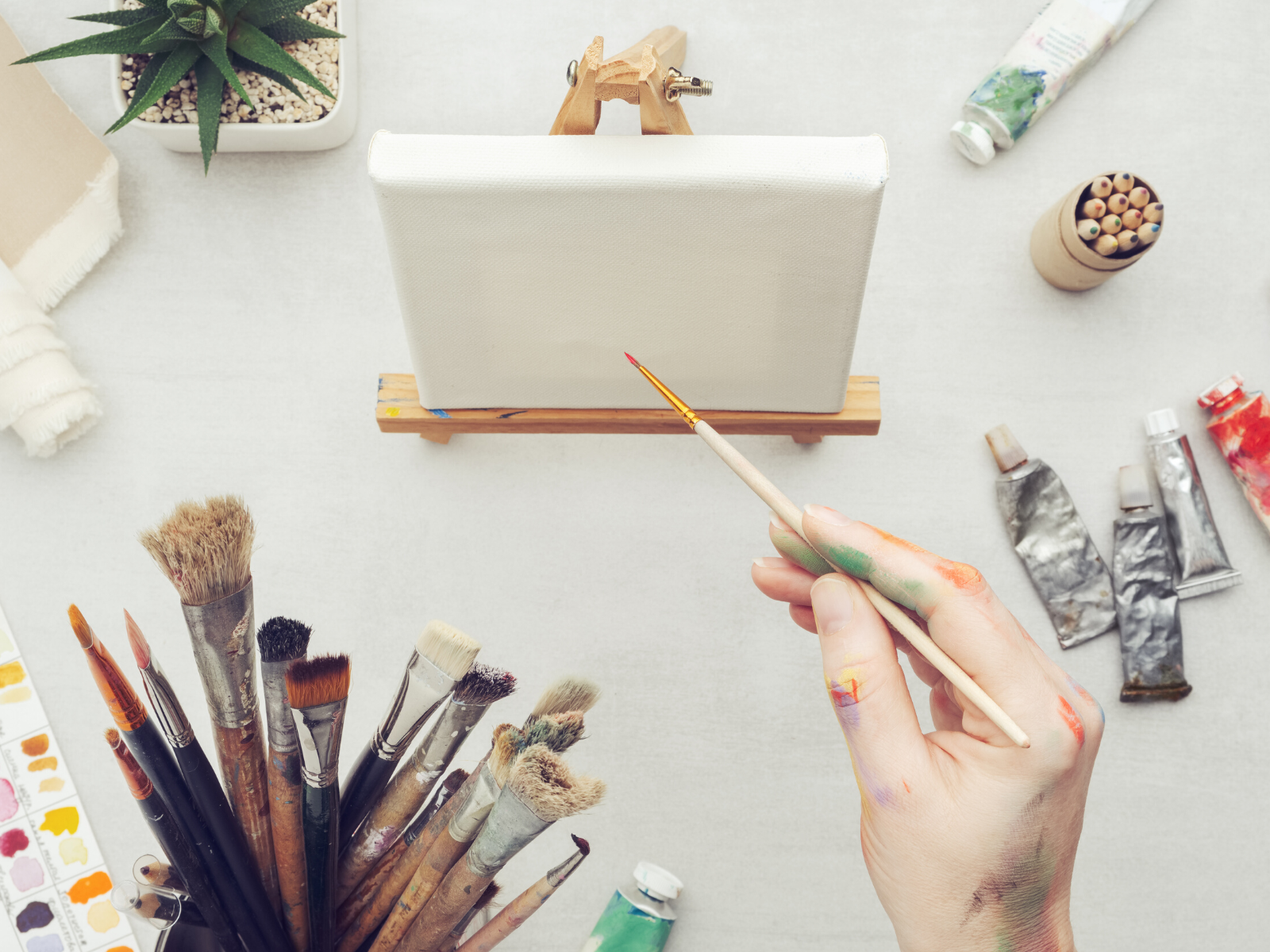
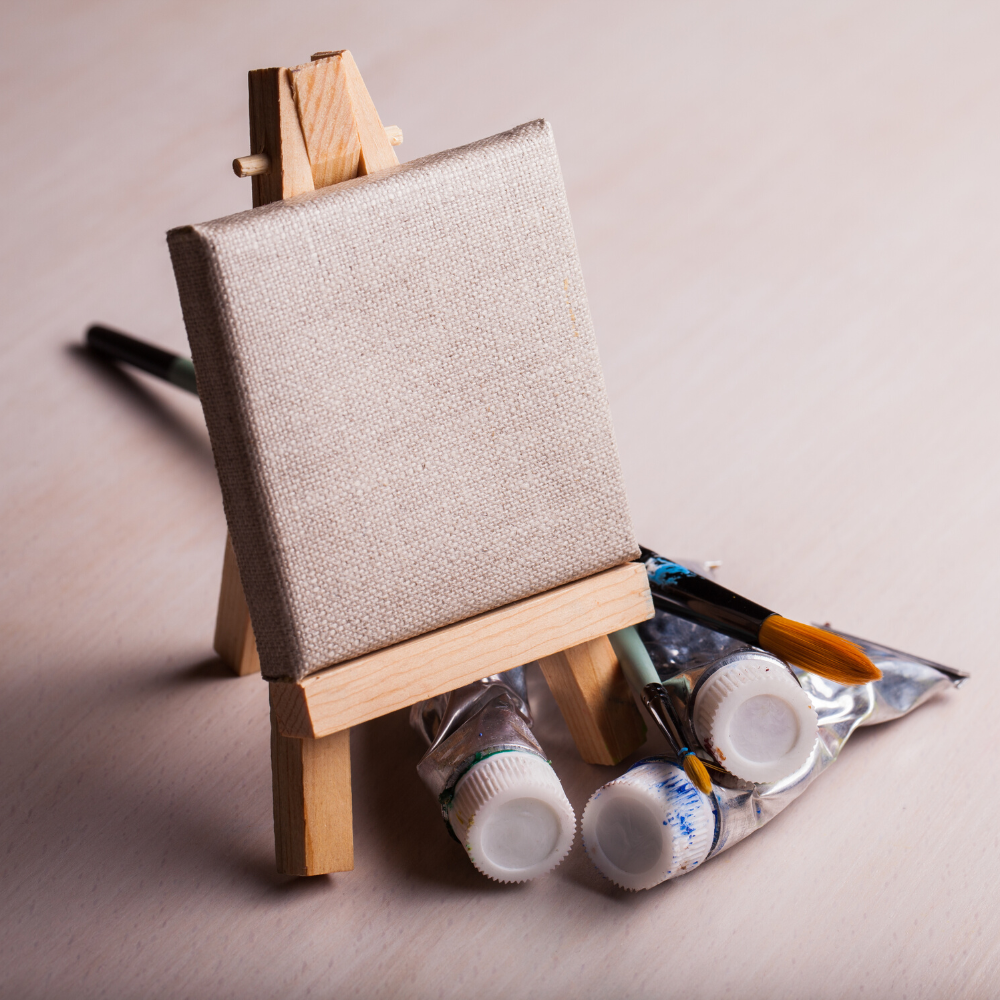

Adding Texture
Acrylic paints can be used to create a range of textures in your painting.
You can use a palette knife to create thick, impasto layers, or you can use a dry brush to create a scratchy, textured surface.
You can also use different tools to create patterns and textures in your paint, such as sponges, stamps, and stencils.

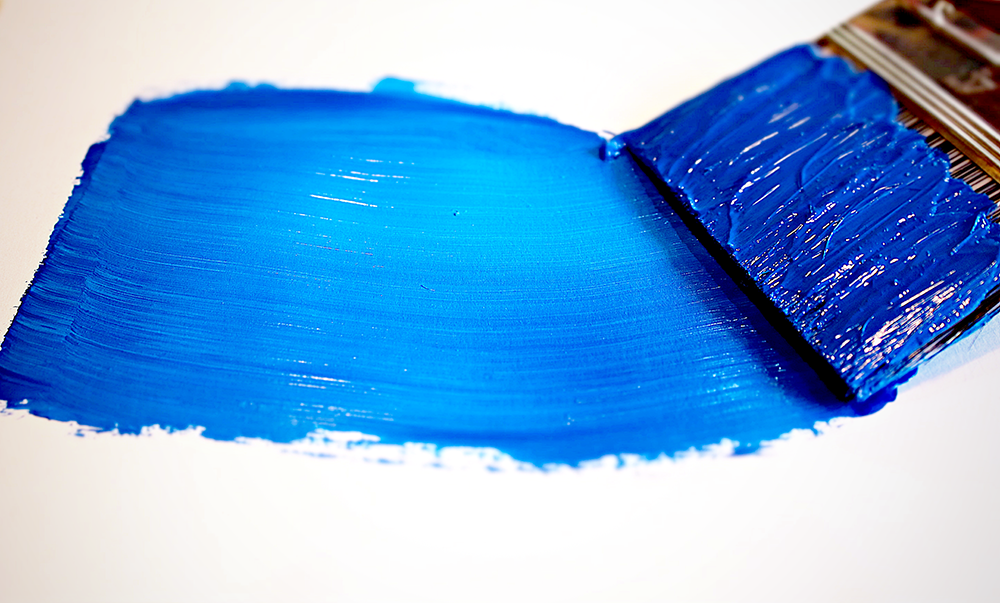

Mixing and Blending Colors
One of the most enjoyable aspects of painting with acrylics is mixing and blending colors.
When you blend acrylic paint, you can create a range of tones and shades to create unique color combinations.
Start by experimenting with the primary colors (red, yellow, blue) and see what happens when you mix them together.
You can also add white or black to your colors to create lighter and darker shades.
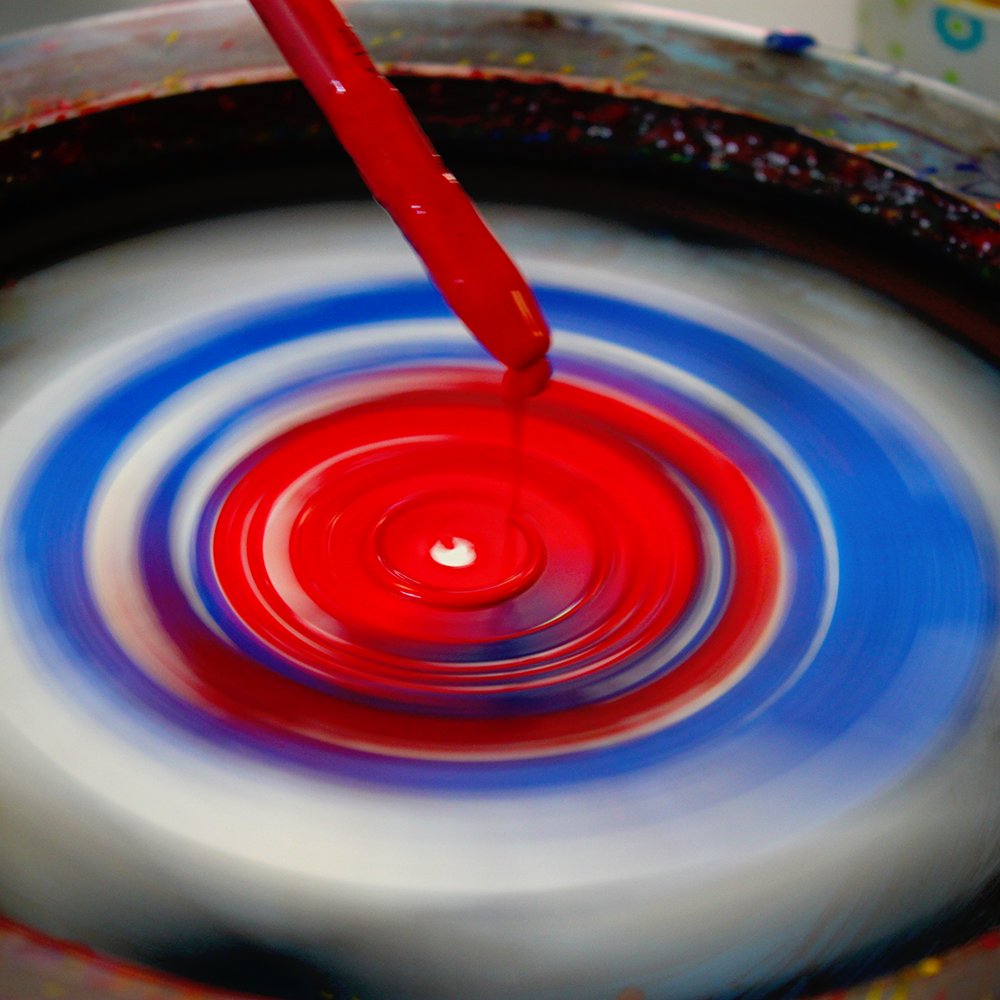
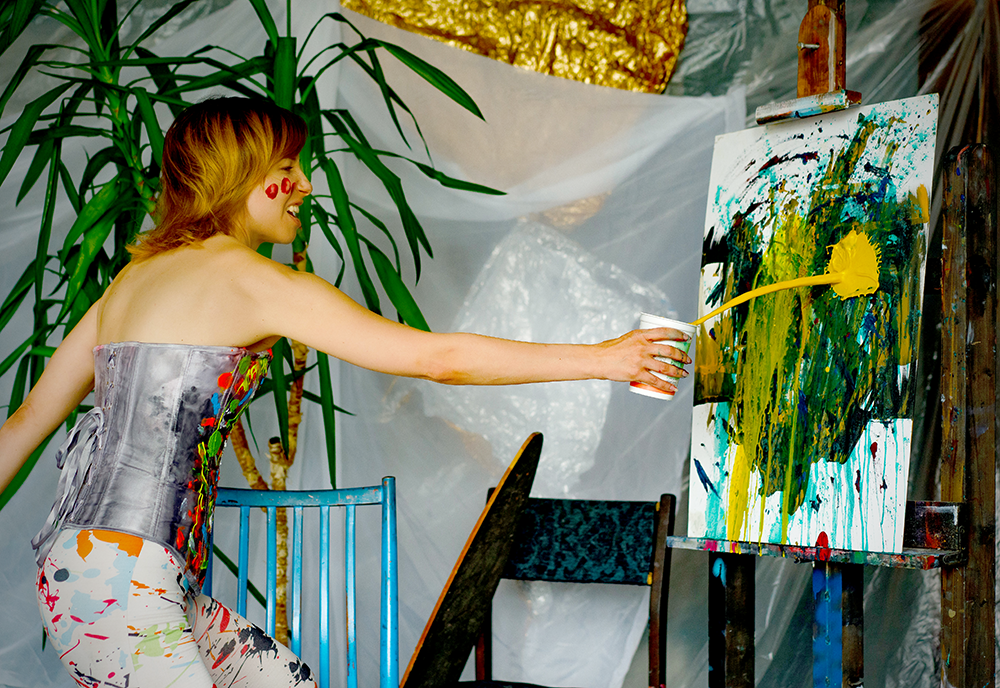
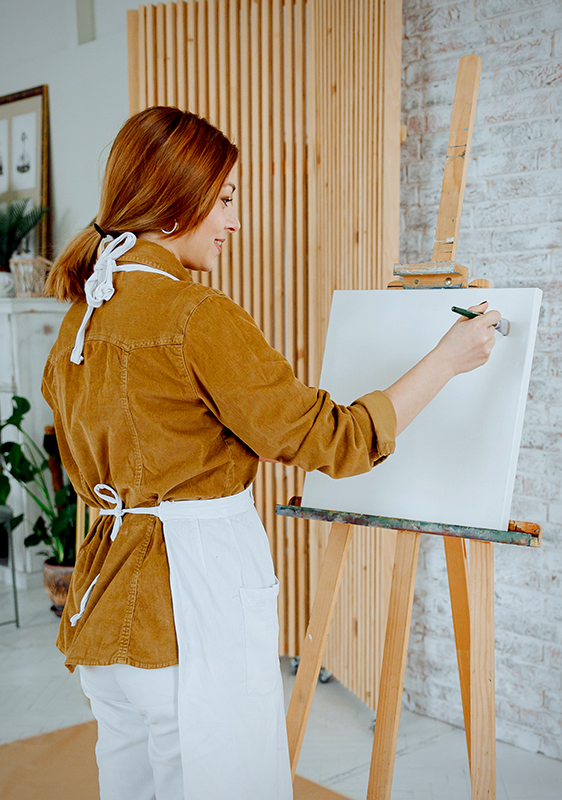
Techniques for Painting with Acrylics
There are many techniques you can use when painting with acrylics, including wet-on-wet, wet-on-dry, and layering.
Wet-on-wet is when you apply new layers of paint onto wet paint.
This technique allows the colors to blend and create a soft, muted effect.
Wet-on-dry is when you apply new layers of paint onto dried paint.
This technique creates crisp, defined lines and shapes.
Using a wet brush can also help create soft edges.
Layering is when you build up multiple layers of paint to create depth and dimension in your painting.

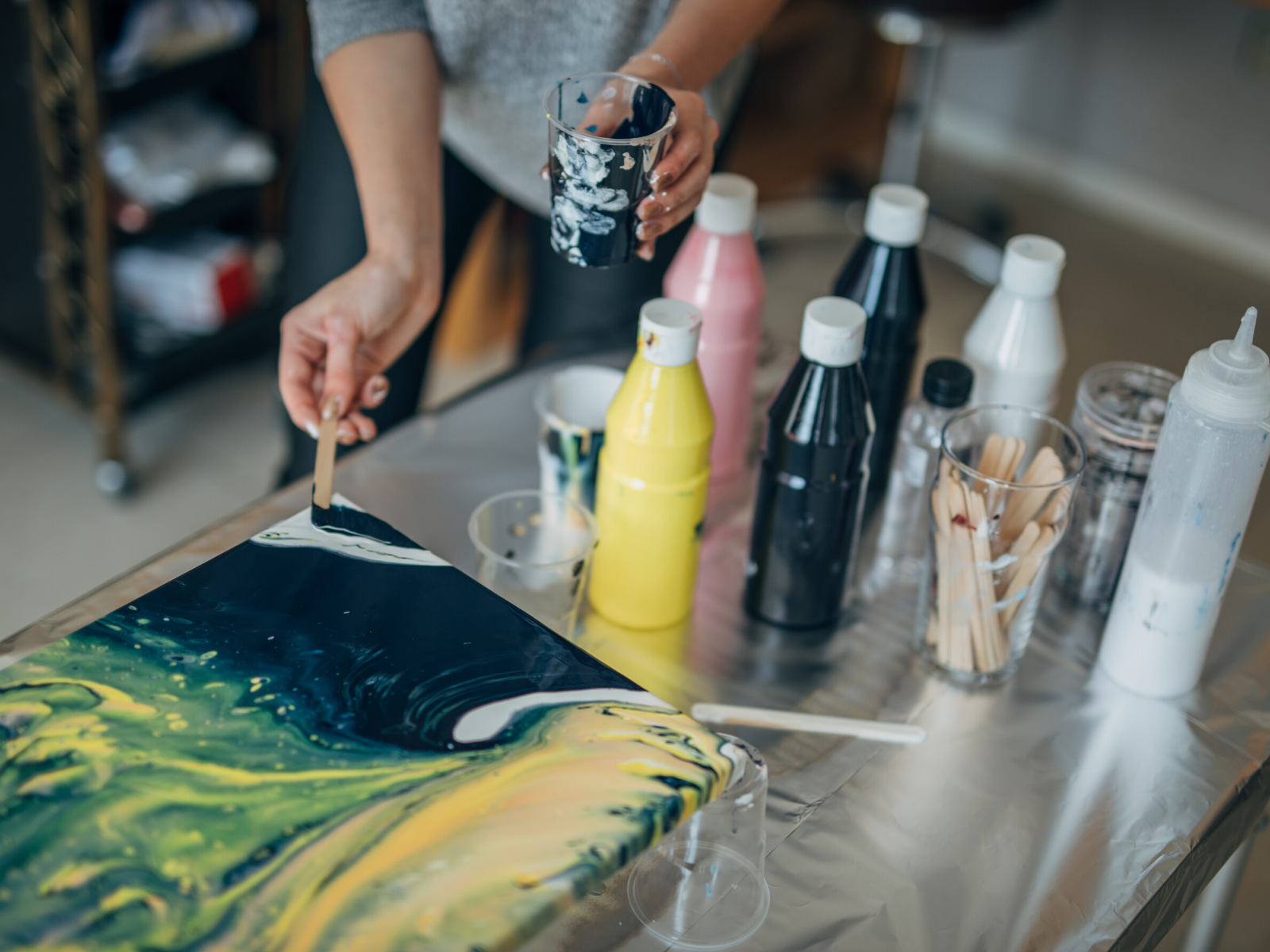
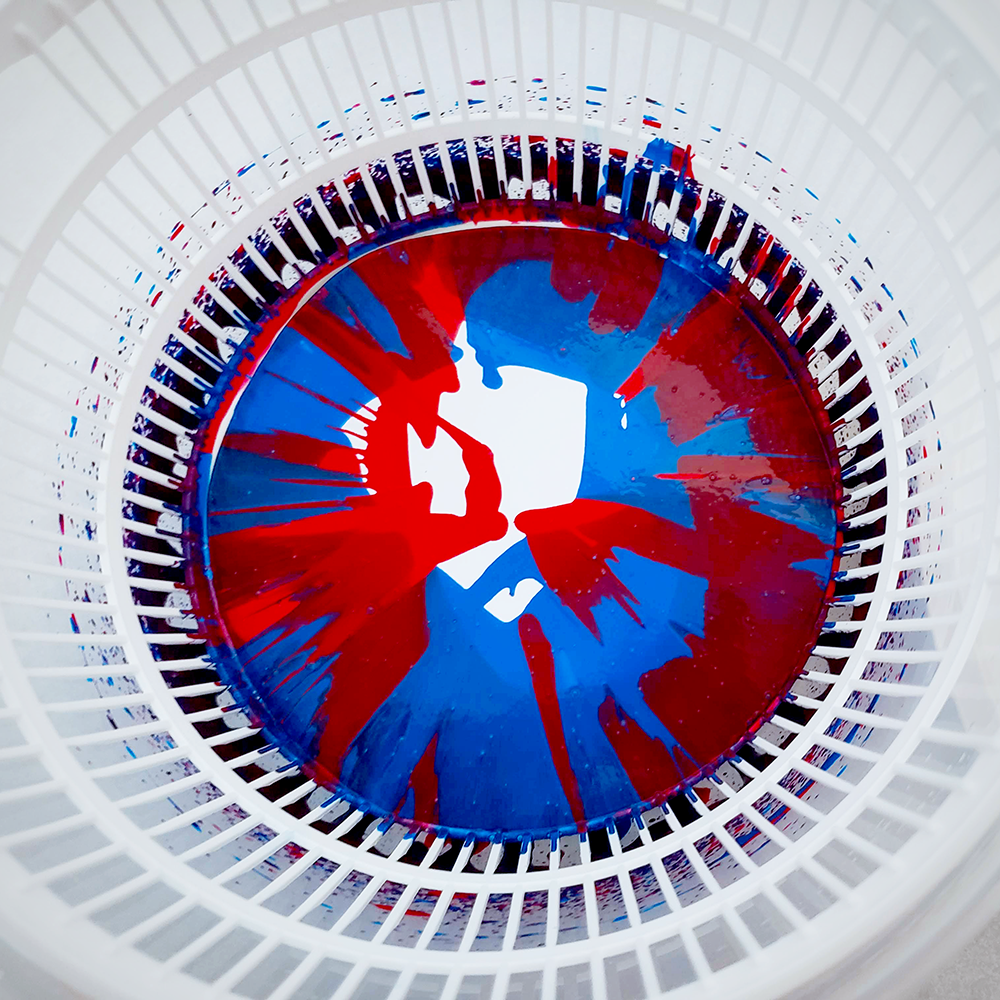
Acrylic Painting Techniques
Acrylic paint can be used in a variety of techniques, from traditional brush painting to experimental mixed media.
If you're ready to paint with acrylics, here are some widely used acrylic painting techniques:
Brush Painting
This is the most traditional acrylic painting technique where brushes are used to apply paint to the canvas in a variety of strokes.
Brushes come in a variety of shapes and sizes, making it easier to create different effects such as blending, layering, and textured finishes.
Using Palette Knives
Palette knives can be used to create thick, impasto layers in your painting.
These layers add dimension and texture to your painting, making it more interesting and dynamic.
Pouring
Acrylic paint can be poured directly onto the canvas, creating abstract and fluid effects.
This technique is achieved by mixing the paint with a pouring medium and pouring it onto a surface either flat or tilted.
It can create beautiful and unpredictable results.
Impasto
Impasto is a technique in which paint is applied thickly to the canvas using a palette knife or brush.
This creates a textured surface and adds a physical element to the painting.
Stencils and Masks
Stencils and masks are used to create sharp and distinct shapes or lines.
These are placed on the painting surface and acrylic paint is applied over them.
Once removed, the stencil or mask leaves behind a crisp image in contrast to the rest of the painting.
Mixed Media
Mixed media techniques involve combining different materials and mediums in one painting to create unique effects.
This can include collage, watercolors, pastels, and more.


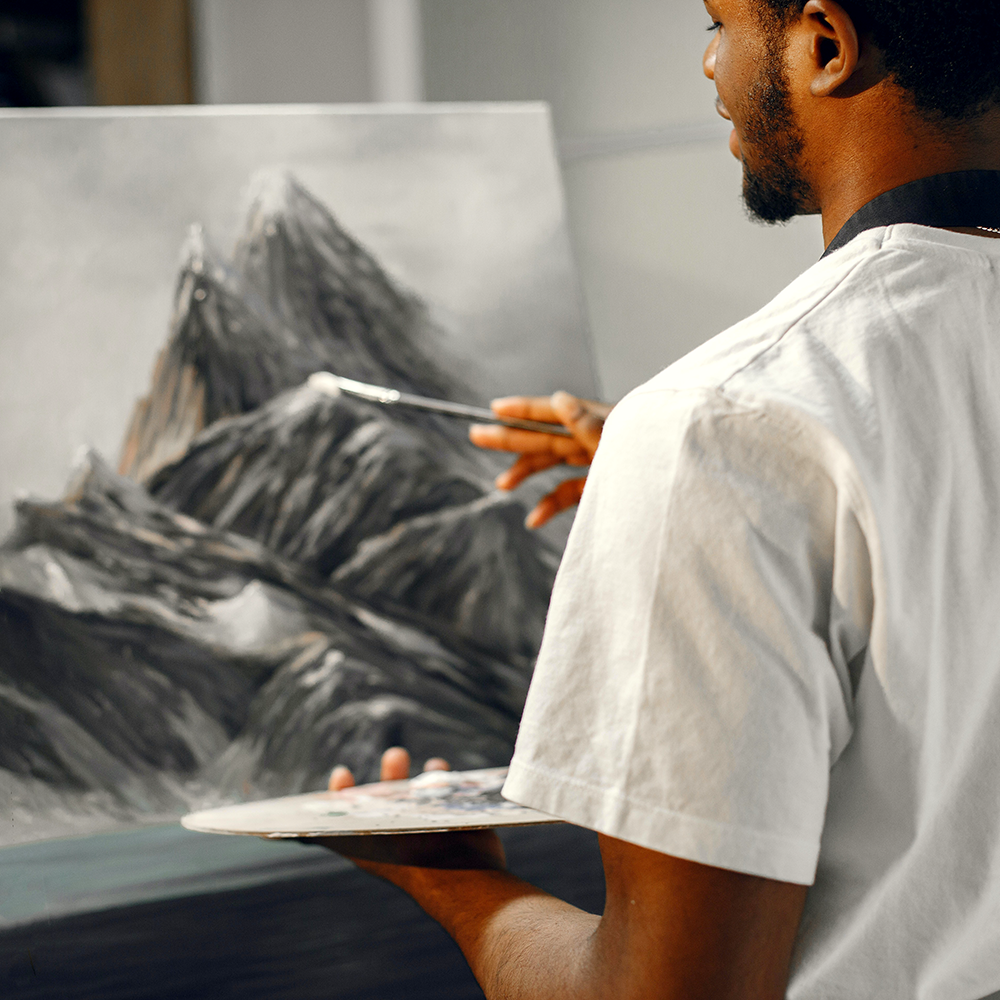
Tips for Acrylic Painting Beginners
If you're just starting out with acrylic painting, you might not be sure where to begin.
To get the most out of your acrylic paints, here are a few tips and tricks to keep in mind.
- Start with a basic set of colors and gradually build your collection.
- Invest in good quality paint brushes that are made specifically for acrylics.
- Experiment with different painting surfaces such as canvas, paper, or wood.
- Learn how to mix and blend colors effectively to create a full range of hues.
- Have a plan before you start painting, whether it be a rough sketch or a clear picture in your mind.
- Practice different techniques such as layering and impasto to add texture and depth to your paintings.
- Don't be afraid to make mistakes. Acrylic paint can be easily corrected or painted over.
- Allow plenty of time for your painting to dry, especially if working in thicker layers.
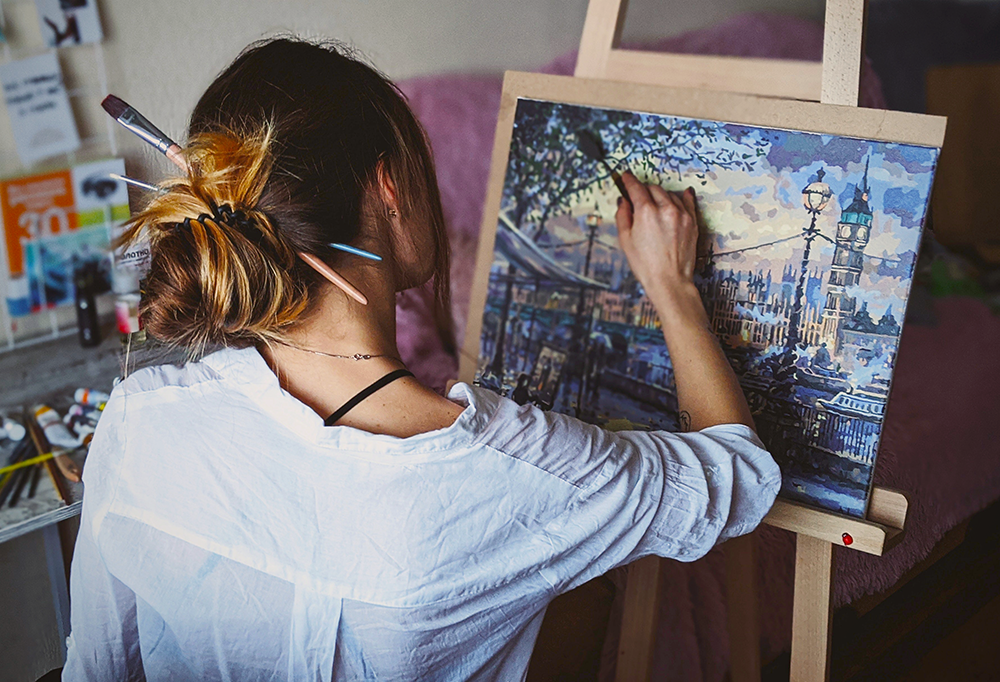
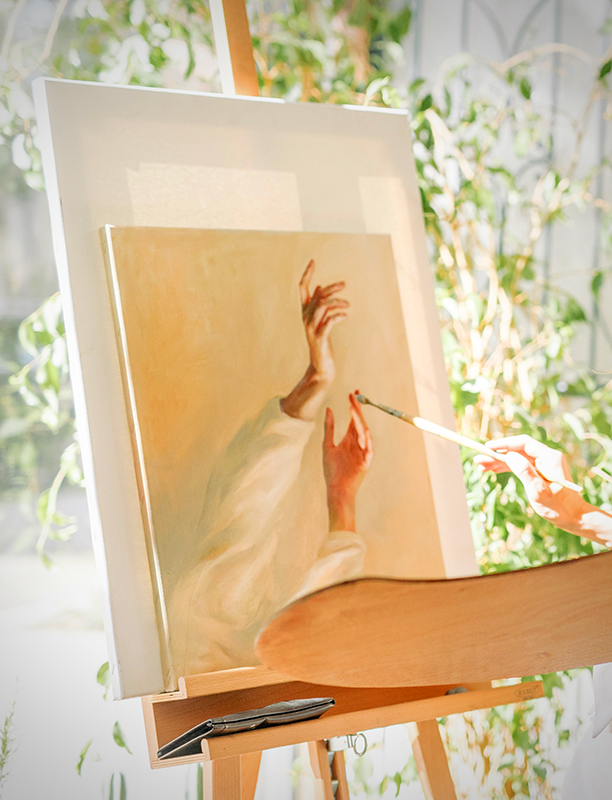

Painting with Acrylic Paint
Acrylic paints are an exceptional and cost-effective medium for everyone from novice to experienced artists.
With their incredibly quick drying time, sturdiness, and flexibility - it's easy to see why acrylics have become one of the most beloved painting mediums today!
This guide has all you need to get started with your next canvas painting; whether you're a beginner or expert artist wishing to explore this vibrant art form, spark your creativity and start creating beautiful works of art in no time at all!
By following our ultimate guide to painting with acrylics, you can unlock the full potential of this amazing medium and create stunning works of art that will last a lifetime.
So, grab your paint brushes, put on your favorite tunes, and start painting!
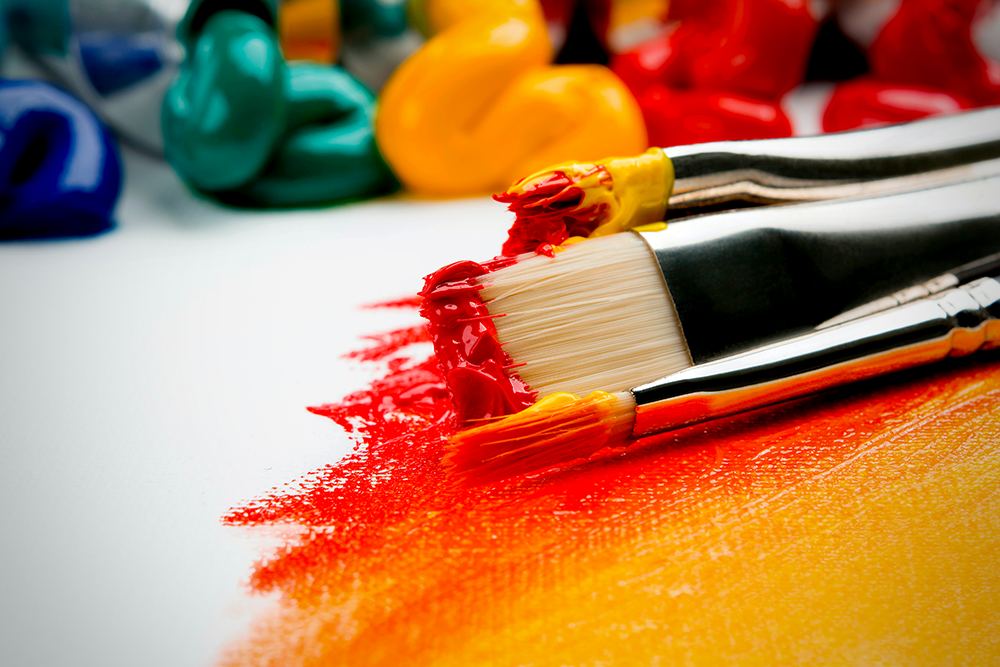

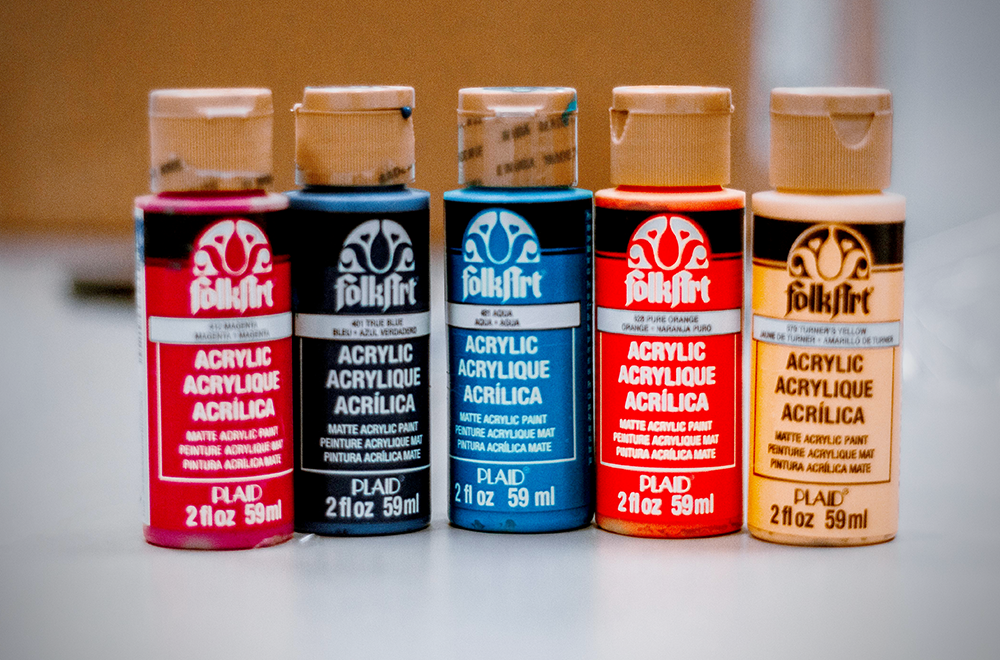
Eager to learn more about painting with acrylics? Check out DrawingWiffWaffles' video!
Want even more content about creativity and art?
Be sure to check out all of our creative chronicles!
Ready to dive into the world of painting?
Check out our other painting articles:
-What are the basic skills of painting?

